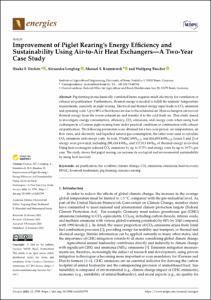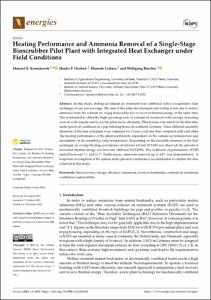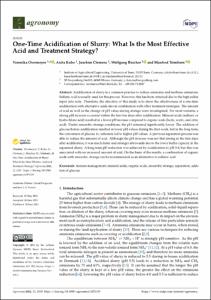Institut für Landtechnik (ILT)
Neueste Zugänge
-
The impact of automated, constant incomplete milking on energy balance, udder health, and subsequent performance in early lactation of dairy cows
Meyer, Isabell; Haese, Eva; Südekum, Karl Heinz; Sauerwein, Helga; Müller, Ute (2024-01)Incomplete milking (IM) is one way of mitigating the negative energy balance (NEB) that is characteristic for early lactation and may increase the risk for disease. Our objectives were to test the effects of IM in early ... -
Recording group and area-specific activity of fattening pigs by using Passive Infrared Detectors on farm
Wurm, Esther; von Jasmund, Naemi; Tiemann, Inga; Schulze Rötering, Kathrin; Büscher, Wolfgang (2023-11-02)Animal activity in pigs can be a direct indicator of animal welfare. Passive infrared detectors (PID) provide one method of measuring animal activity on the pen level as a cost-effective and easy-to-use sensor technique. ... -
Improvement of Piglet Rearing's Energy Efficiency and Sustainability Using Air-to-Air Heat Exchangers: A Two-Year Case Study
Deeken, Hauke; Lengling, Alexandra; Krommweh, Manuel; Büscher, Wolfgang (2023-02-11)Pig farming in mechanically ventilated barns requires much electricity for ventilation or exhaust air purification. Furthermore, thermal energy is needed to fulfill the animals’ temperature requirements, especially in ... -
Heating Performance and Ammonia Removal of a Single-Stage Bioscrubber Pilot Plant with Integrated Heat Exchanger under Field Conditions
Krommweh, Manuel S.; Deeken, Hauke F.; Licharz, Hannah; Büscher, Wolfgang (2021-10-10)In this study, biological exhaust air treatment was combined with a recuperative heat exchanger in one process stage. The aim of this plant development and testing is not only to reduce ammonia from the exhaust air of pig ... -
One-Time Acidification of Slurry: What Is the Most Effective Acid and Treatment Strategy?
Overmeyer, Veronika; Kube, Anita; Clemens, Joachim; Büscher, Wolfgang; Trimborn, Manfred (2021-06-28)Acidification of slurry is a common practice to reduce ammonia and methane emissions. Sulfuric acid is usually used for this process. However, this has been criticized due to the high sulfur input into soils. Therefore, ...







